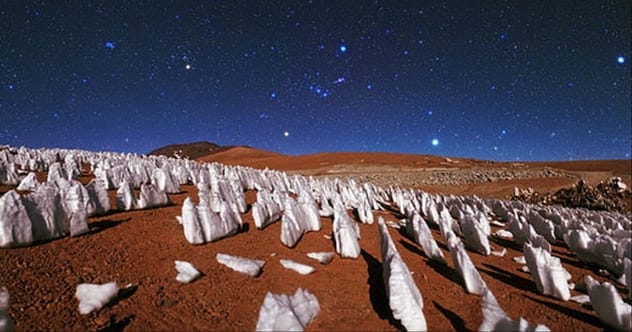Deserts aren’t just endless stretches of sand; they’re full of surprises! Forget what you think you know. Beyond the secrets of Area 51, deserts hide ancient treasures, musical mysteries, and much more. Let’s dig into ten of the strangest things that prove deserts are way more fascinating than you ever imagined.
10. A Huge Happy Cat
Located in Peru, the Nazca Desert became famous for its massive geoglyphs. These ancient images include animals and geometric patterns. In 2020, a new geoglyph was discovered. This one’s for the cat lovers!
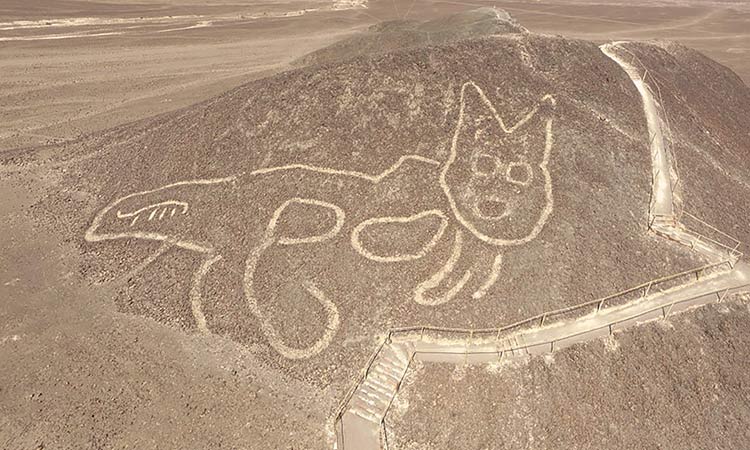
Etched into a cliff, the feline measures 37-meter (120-feet) long. The cat’s pose is relaxed, showing the animal resting on its back. Unlike the other Nazca Lines, the cat’s lines are simpler.
The cat is about 2,000 years old, making it the oldest geoglyph in the area. It’s believed that the simple lines are because it was one of the earliest attempts at geoglyphs. As generations practiced, they refined their skills, producing masterpieces that still defy our understanding.
9. Ice Filled With Life
Ice in the desert? It sounds impossible, but under the right conditions, like high altitudes and extremely dry land, jagged ice fields can form. Known as “penitentes,” they look like upright blades that can grow as tall as a person.
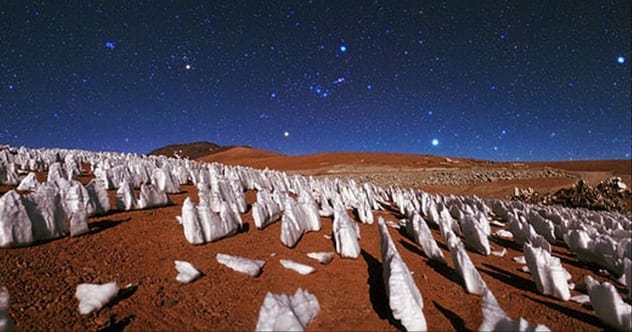
In 2019, samples from an ice field in Chile’s Atacama Desert contained red patches. This was an incredible find! Red ice often indicates living microbes. These microbes were identified as snow algae, related to species that thrive inside alpine and polar ice. How these organisms ended up inside desert ice blades remains a mystery.
8. An Endless Song (Sort Of)
In 1982, Toto released their hit song “Africa.” In 2018, artist Max Siedentopf decided the song should play in the desert forever. He placed several speakers and an MP3 player on white pedestals, powered by a solar-powered battery system.
Somewhere in the Namib Desert, “Africa” is playing on repeat. Siedentopf admitted that the harsh desert environment would probably silence the song sooner or later, since he didn’t protect the installation with anything other than durable equipment.
7. The Most Isolated Tree
In the 1970s, the Tree of Tenere stood in Niger’s Sahara Desert for nearly 300 years. As the only tree around for 402 kilometres (250 miles), the acacia was a landmark for ancient travelers, and even appeared on military maps from the 1930s.

The tree died in 1973 when a drunk driver plowed into it. Today, the trunk is displayed at the Niger National Museum, and a metal monument stands where the acacia once grew.
6. 1.8 Billion Trees
Most people think the Sahara is just sand and lizards. However, a 2020 study used AI and NASA satellites to count trees in the desert. They discovered over 1.8 billion shrubs and trees hiding in the west of the Sahara. The foliage covered an area of 1.3 million square kilometres (501,933 square miles).
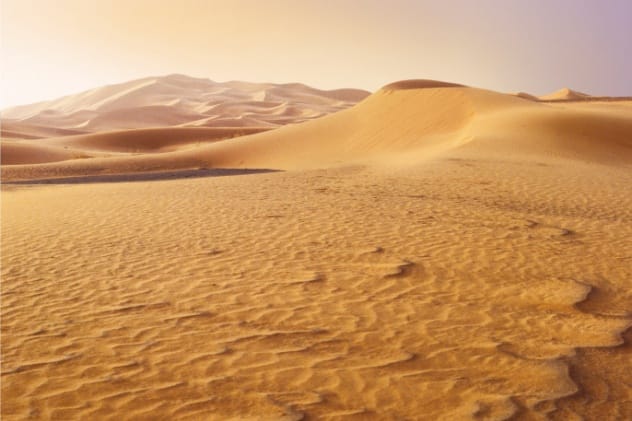
5. A Space Invader Called Witherspoon
In 1990, pilots with the National Guard flew over the Alvord Desert in Oregon. They spotted a massive symbol carved into the earth: a square, circles, and petals, later identified as a Hindu Sri Yantra symbol.
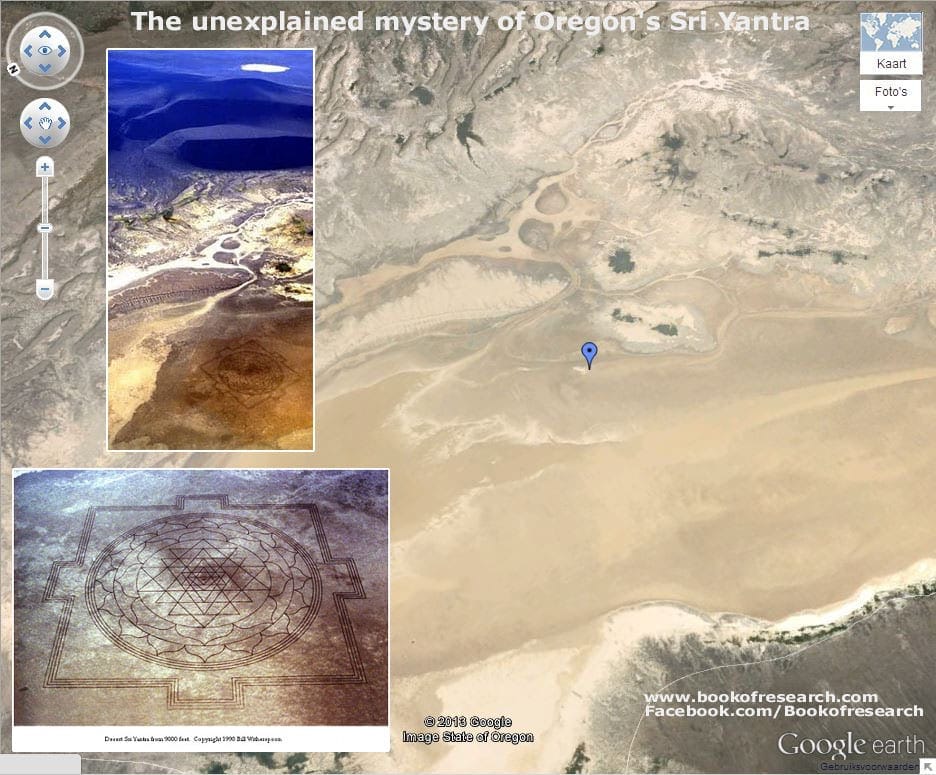
Bill Witherspoon admitted to creating the image without permission. He paid the $100 fine and continued creating giant images on private land. Some people worried about environmental damage, while others feared Witherspoon was summoning dark spirits.
4. A Place Called Slab City
Camp Dunlap, a Marine training base, was shut down after World War II. Squatters moved in, building shacks on the concrete slabs of the base. Slab City, located in California’s Colorado Desert, was born.
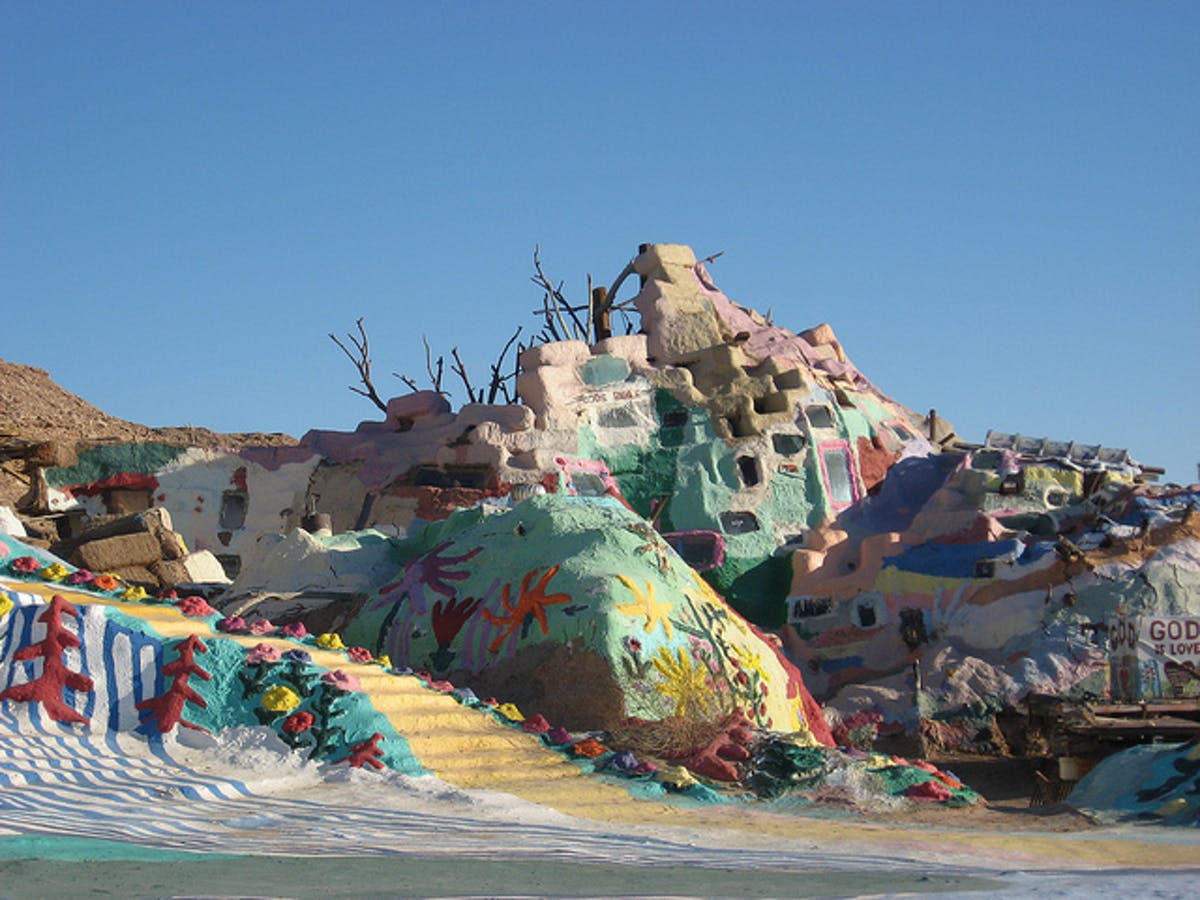
Inhabitants often call themselves the last free people in America, mainly because the taxman isn’t interested in Slab City. Besides survivalists and adventurers, many families who’ve lost everything end up in this squatter camp. There’s no running water, plumbing, or police. Slab City doesn’t officially exist.
3. The Utah Monolith
In 2020, wildlife officials searching for bighorn sheep in a remote part of Utah spotted something shiny. They found a bizarre metal rectangle standing upright in a ravine.
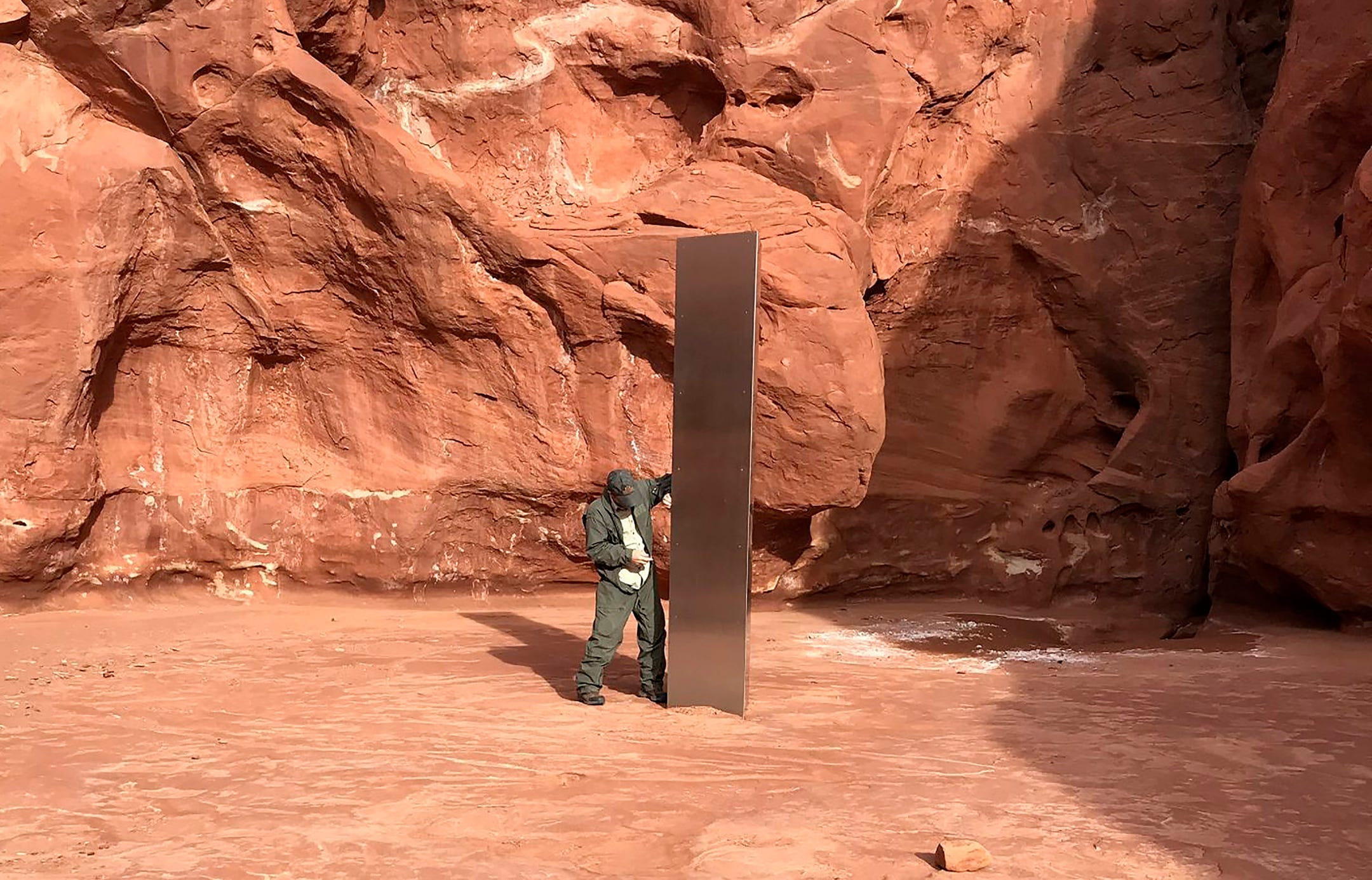
Someone had planted the 3-meter (10-feet) pillar in bedrock in the middle of nowhere. Authorities kept the location secret to prevent damage to ancient sites, but someone found it anyway. Shortly after its discovery, the monolith disappeared.
2. A Ship Filled With Gold
In 1533, the Bom Jesus set sail from Portugal and vanished, along with its crew and a cargo of gold coins worth $12.5 million today.

Nearly 500 years later, in 2016, miners found the shipwreck in a dry lagoon in the Namibian desert. Archaeologists identified the vessel and recovered the gold. While the media focused on the coins, archaeologists were more interested in the human bones, clothing, and pottery, which offered insights into the daily lives of sailors from centuries ago.
1. Area 6
Everyone knows Area 51, but the Nevada desert also hides Area 6, a smaller complex with hangars and a 1.6 kilometre (1 mile) long landing strip.
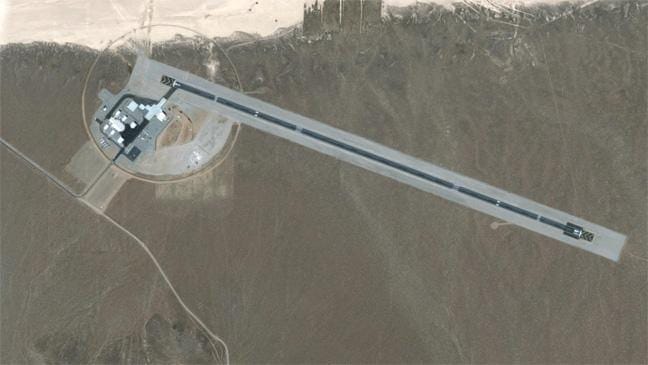
Airspace is restricted and the area is fenced off. About 19 kilometres (12 miles) separate Area 6 from Area 51. Both Homeland Security and the Department of Defense use the airstrip. Officials have said the area is used to test sensors and unmanned vehicles, leading to the speculation that Area 6 might be where MQ-9 Reaper drones are tested.
Deserts are far from boring! From giant cat geoglyphs and algae-filled ice to hidden military bases and lost ships filled with gold, these arid landscapes are full of surprises. Who knew deserts could be so strange and fascinating?
What do you think is the strangest desert discovery? Share your thoughts in the comments below!


